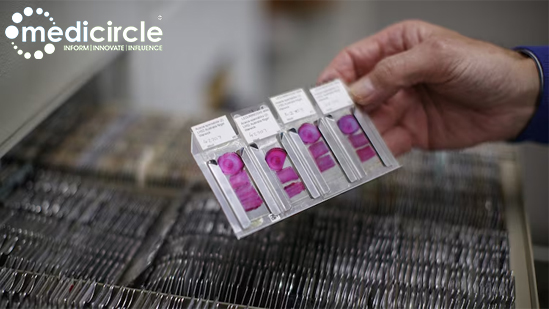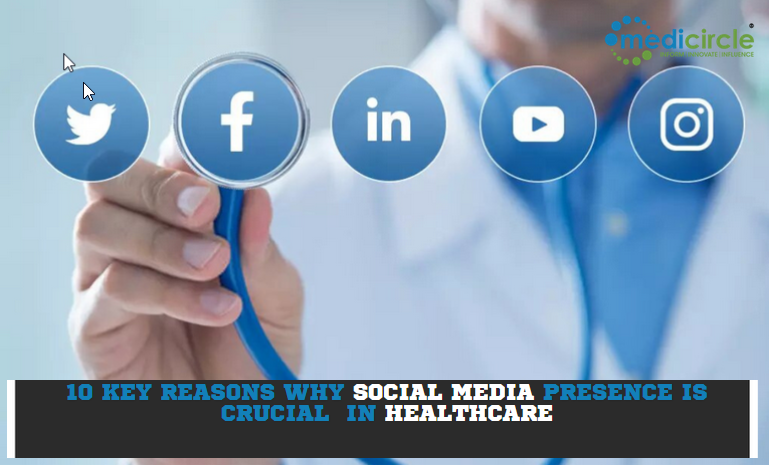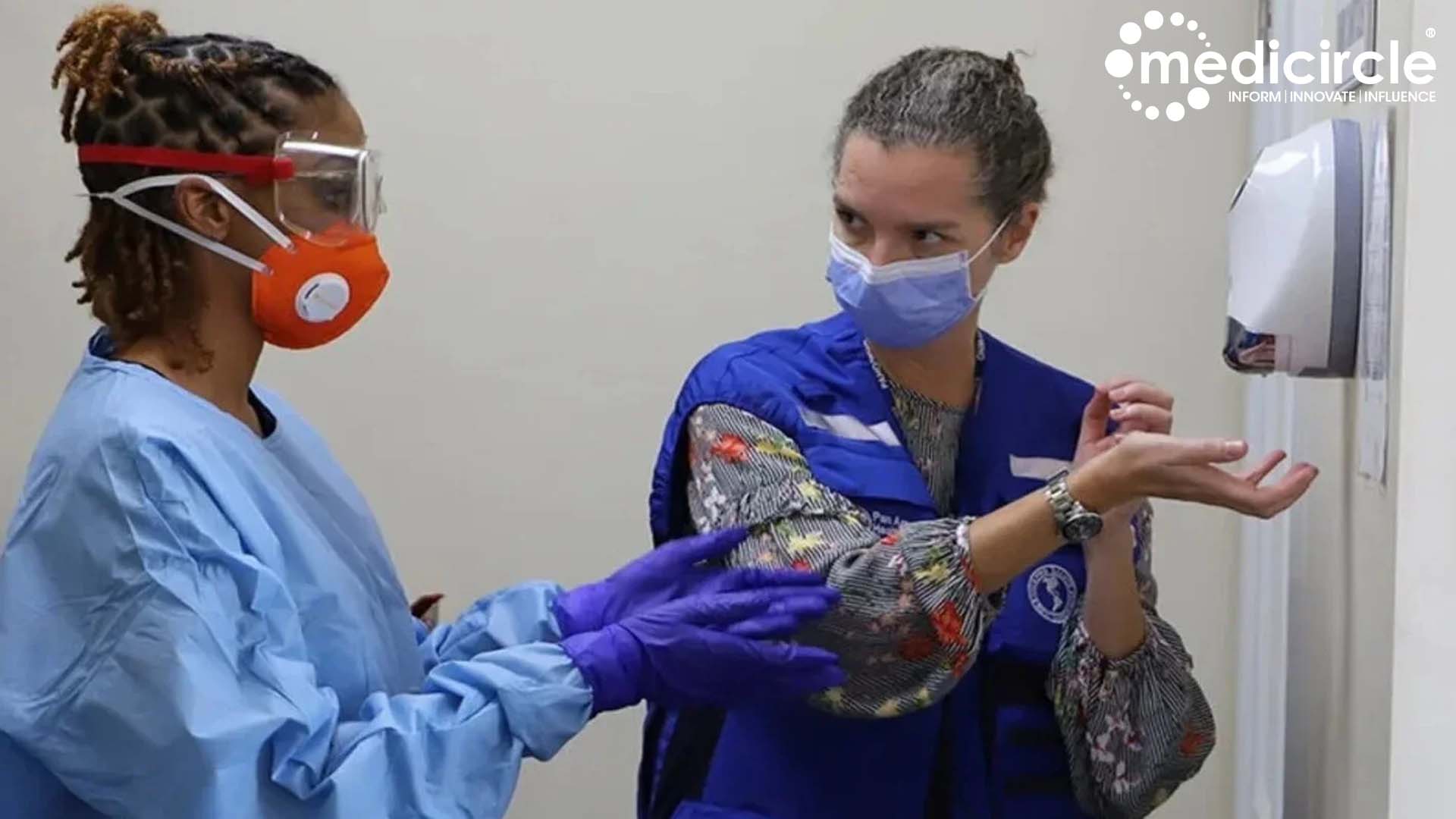In a recent study, researchers have uncovered a potential connection between breast parenchymal enhancement (BPE) volume and the likelihood of developing breast cancer. The study, conducted as part of the Dense Tissue and Early Breast Neoplasm Screening (DENSE) Trial, examined over 4,500 participants to investigate how BPE could serve as an indicator of breast cancer risk.
The DENSE Trial involved women who underwent dynamic contrast-enhanced MRI exams at eight hospitals in the Netherlands between December 2011 and January 2016. The researchers harnessed the power of deep learning technology to automatically identify fibroglandular tissue within the breast, using the MRI data.
After considering factors such as age, BMI, and BPE, the researchers made an interesting discovery. They found that women with higher volumes of enhancing parenchyma – the tissue that fills the breast and includes glandular and connective tissue – had a higher chance of suffering from breast cancer compared to those with lower volumes of enhancing parenchyma.
Out of the 4,553 women who participated in the study, 122 were diagnosed with breast cancer. Impressively, approximately 63% of these cases were detected after the first round of screening. For the remaining women diagnosed with breast cancer, the average time for cancer detection was around 24 months.
Dr. Gilhuijs, one of the researchers, explained that the process of enhancement is not uniform across all parts of the breast when viewed through MRI. The method used in this study involved calculating and sorting the different subvolumes of the enhancing parenchyma, ranking them from high to low based on enhancement patterns.
While the study sheds light on the potential of BPE volume as an indicator for breast cancer risk, it also brings attention to the challenges that arise from this new insight. While implementing supplemental MRI screenings for women with dense breasts could lead to a reduction in interval cancers, it may also place an additional workload on radiologists. To address this, researchers suggest the need for personalized strategies that can manage the increased number of screenings and ease the strain on the healthcare system.
Dr. Gilhuijs highlighted the importance of this study as a first step towards tailoring the frequency of MRI screenings for women with dense breasts. Instead of solely focusing on breast density as a risk factor, the study encourages consideration of other properties of the breast, as revealed through the initial screening MRI. This personalized approach could potentially revolutionize breast cancer screening methods, making them more effective and efficient in identifying and addressing breast cancer risk.

 Instead of solely focusing on breast density as a risk factor, the study encourages consideration of other properties of the breast, as revealed through the initial screening MRI. This personalized approach could potentially revolutionize breast cancer screening methods, making them more effective and efficient in identifying and addressing breast cancer risk.
Instead of solely focusing on breast density as a risk factor, the study encourages consideration of other properties of the breast, as revealed through the initial screening MRI. This personalized approach could potentially revolutionize breast cancer screening methods, making them more effective and efficient in identifying and addressing breast cancer risk.



















.jpeg)














